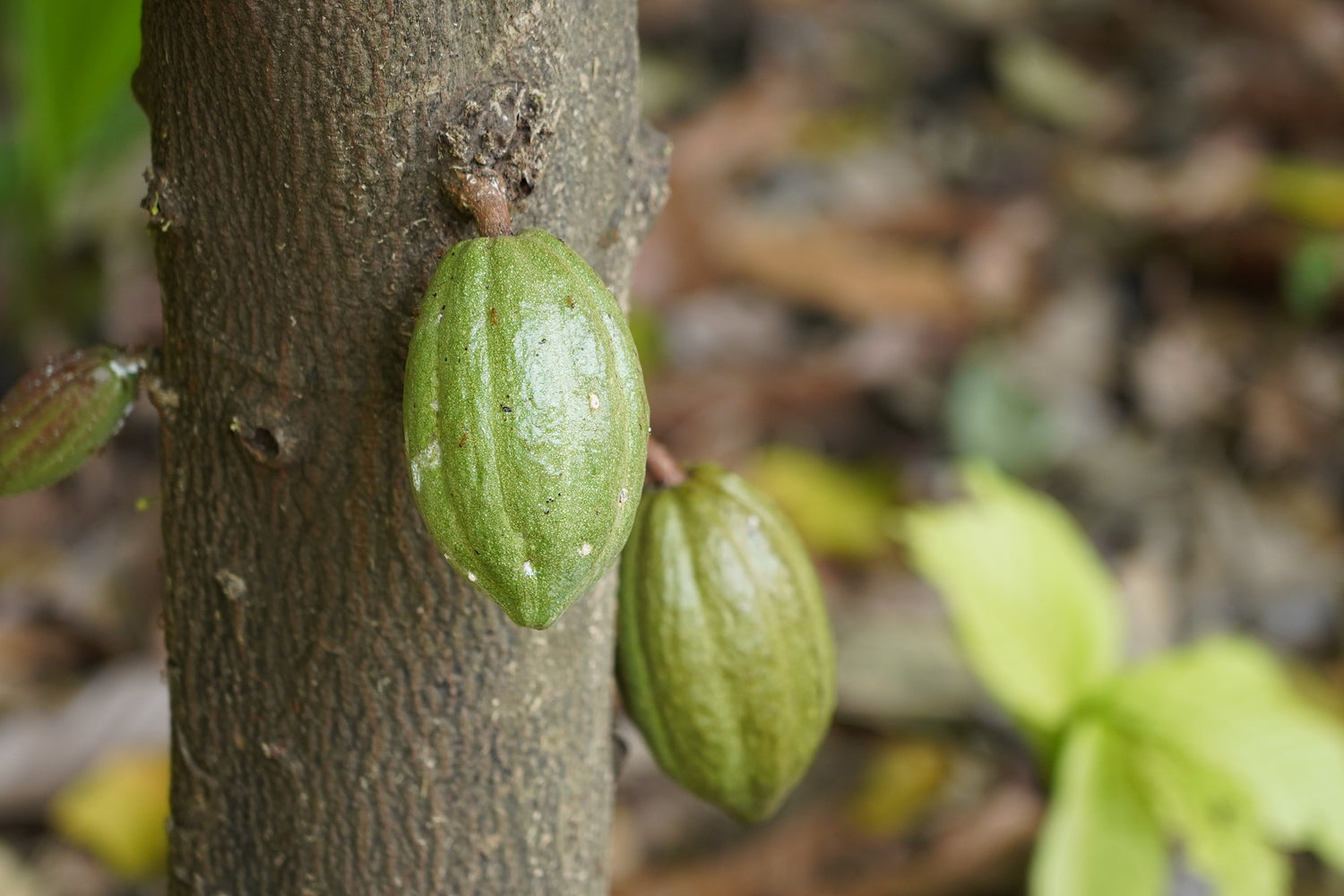Alternate Income Sources in Coconut Farming
Coconut is one of the few tree crops where intercropping is widely practiced. This is largely because coconut is primarily grown by small farmers who are naturally inclined to diversify. With a long lifespan of 60 to 80 years, coconut cultivation commits the land for several decades. Coconut trees are typically spaced about 7.5 meters apart, utilizing approximately 22.3% of the land area, while the canopy covers an average of 30%. Coconut trees offer a unique advantage with two phases in their lifecycle initially up to 8 to 10 years after planting, and again from 20 years after planting until senescence when sufficient light penetrates to the ground, making intercropping feasible. Additionally, many annual crops are compatible with coconut, as its root zone extends laterally only up to a 2-meter radius and vertically between 30 and 120 cm from the soil surface.
Intercropping under coconut
As a monocrop, coconut does not fully utilize the natural resources like soil and sunlight in the garden. In coconut plantations with a spacing of 7.5 m x 7.5 m, 75% of the planted area remains underutilized due to the specific distribution of the crop's root system. The active root zone of coconut occupies only 25% of the available area, as the majority of the roots are concentrated within a two-meter radius around the base. Coconut is well-suited for various coconut-based farming system models, including intercropping, mixed cropping, and multi-storeyed cropping, with diverse crop combinations. Therefore, integrating seasonal or perennial crops that do not hinder the growth of the coconut palm can maximize returns per unit area.
Cocoa as intercrop under coconut gardens
Cocoa (Theobroma cacao L.) is a tree crop that is highly adaptable and compatible with various production systems, such as intercropping, multistory farming, and agroforestry. In cocoa-producing countries, the crop is primarily cultivated for its beans, which are processed into cocoa powder, cake, and cocoa butter. These products are widely used in the production of chocolates, soaps, cosmetics, shampoos, and other pharmaceutical items. Cocoa has been found to be biologically compatible and physiologically adaptable in coconut gardens for the following reasons:
> Cocoa is a shade-loving plant that needs approximately 50% shade during its seedling stage and around 40% shade as it matures. The optimal shade for cocoa is typically provided by coconut plantations.
> Cocoa, a widely planted and marketable long-term beverage crop, is often grown under and between coconut trees. For optimal compatibility and productivity as an intercrop, cocoa trees should be planted at least 2 meters away from the base of the coconut trees, with a spacing of 3 meters between individual cocoa trees and 3 meters between rows.
> In situations where land is limited for cocoa monocropping, the spaces between coconut palms (spaced 8-15 meters apart) can accommodate several rows of cocoa. Additionally, the bio-physical environmental conditions—including soil, sunlight, and microclimate variations—within 70-80% of the area between coconut trees are highly conducive to a successful coconut-cocoa ecosystem.

Cocoa under coconut gardens and its advantages
Pruned branches and fallen leaves of cocoa are used as mulches and act assoil cover which:
1. Reduces weed growth
2. Conserves soil moisture
3. Maintains microclimate
4. Adds fertility upon decomposition
5. The pruned bushes and fallen leaves can be made in to bunds between the rows and allowed for decomposition.
6. After decomposition, it can be applied to coconut as well as cocoa trees.
7. The leaf fall of cocoa contributes 50 kg of nitrogen, 11 kg of phosphorus, and 35 kg of potassium to the soil. Additionally, cocoa plants produce 10 tons of biomass per hectare, and the organic carbon content in the soil is 54%.
Planting system and design
The general recommendation is to use a single hedge system, which involves planting one row of cocoa at a spacing of 2.7 meters between two rows of coconut palms spaced at 7.5 m x 7.5 m. If the coconut palms are spaced more widely, two rows of cocoa can be planted. In a double hedge system, the row-to-row spacing is 2.5 meters. The cocoa populations for the single hedge and double hedge systems are 350 and 600 trees per hectare, respectively. The double hedge system is more advantageous compared to the single hedge system when the coconut palms are spaced more widely (9.0 m x 9.0 m) and cocoa is planted at a spacing of 3.65 meters.
